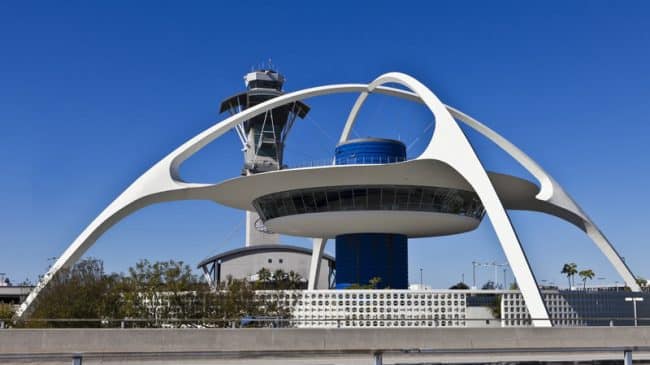In March, more than six million passengers passed through Los Angeles International Airport, and John Wayne Airport handled over 832,000 passengers. The uptick in passengers and flights at Southern California’s airports comes at a crucial time in the aviation industry.
Every four or five years, Congress has to “reauthorize” the Federal Aviation Administration and the aviation user taxes that fund the air traffic control system and about $3.5 billion a year in grants given to local airports.
This reauthorization process is different. Long-needed, sweeping transformations are being discussed that would separate the air traffic control system from the FAA itself, setting up an air traffic control organization as a self-supporting entity that would be regulated for air travel by the FAA, just as airlines and airports are.
Transforming the air traffic system would fix several long-running problems. The first is funding. Recent years of sequester and partial government shutdowns have led most in the aviation industry to agree that uncertain, unstable funding is unacceptable for a vital service such as air traffic control.
The second problem is governance. The Department of Transportation, the Office of Management and Budget, the Government Accountability Office and the U.S.Congress are just some of the groups making demands on FAA. As a result, the air traffic control system wastes a lot of time and attention to satisfy those “customers” rather than dedicating resources to where they should be focused – on the flying customers using the services of the air traffic control system.
The third problem is dysfunctional organizational culture. As one veteran observer told me, 10 people can say “no” for every one that is empowered to say “yes” to air traffic changes. This negative culture is part of the reason that the U.S. air traffic system lags behind its corporatized counterparts overseas in actually implementing the systems and procedures envisioned in NextGen, the long-delayed and over-budget modernization plan aimed at replacing outdated radar systems with GPS-based landing systems and other upgrades.
An air traffic control system funded directly by aviation passengers will be a lot more responsive than the current system that begs Congress for funding. That means the oversight of how those funds are spent can shift from myriad governmental entities to a governing board made up of stakeholders in the aviation industry. This kind of funding reform directly enables governance reform.
Air traffic control’s risk-averse, bureaucratic culture stems, in part, from the fact it’s embedded within the FAA, a government regulatory agency – not an organization equipped to deal with today’s changing technology.
Congress is seriously considering creating a self-supporting air traffic control entity funded directly by aviation customers, governed by a board representing those customers and other key stakeholders, and regulated at arm’s length by the FAA. This change has been needed for decades and would be great news for Southern California’s travelers, airports and economy.
Robert Poole is director of transportation at Reason Foundation. This article originally appeared in the Orange County Register.

